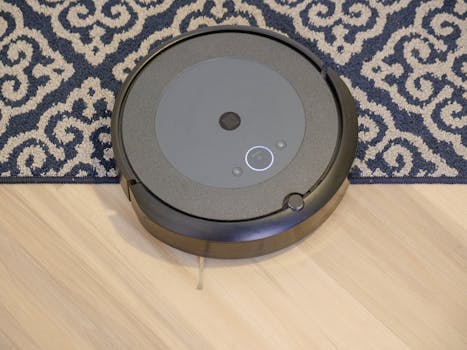
Smart Homes and Smart Living: The Technological Transformation of European Homes by 2025
Smart Homes and Smart Living is the future of European homes, and it’s transforming the way people live, work, and interact with their living spaces. With the rise of technology, homes are becoming increasingly automated, efficient, and sustainable. In this article, we will explore the concept of smart homes and smart living, its benefits, and how it’s changing the European housing landscape.
Introduction to Smart Homes and Smart Living
Smart homes and smart living refer to the integration of technology and automation in homes to make them more efficient, convenient, and sustainable. This includes the use of devices such as thermostats, lighting systems, security cameras, and home appliances that can be controlled remotely through smartphones or voice assistants.
Benefits of Smart Homes and Smart Living
The benefits of smart homes and smart living are numerous. Some of the most significant advantages include:
- Energy efficiency: Smart homes can optimize energy consumption by automatically turning off lights, appliances, and heating/cooling systems when not in use.
- Convenience: Smart homes can be controlled remotely, allowing homeowners to adjust settings and monitor their homes from anywhere.
- Security: Smart homes can be equipped with advanced security systems, including motion detectors, door and window sensors, and video cameras.
- Sustainability: Smart homes can reduce waste and promote sustainable living by optimizing energy consumption, water usage, and waste management.
Technological Advancements in Smart Homes and Smart Living
Several technological advancements are driving the growth of smart homes and smart living in Europe. Some of the most significant developments include:
- Internet of Things (IoT): The IoT is a network of devices that can communicate with each other and exchange data, enabling seamless automation and control of smart homes.
- Artificial Intelligence (AI): AI is being used in smart homes to learn occupants’ behaviors and preferences, enabling personalized automation and optimization of energy consumption.
- 5G Networks: The rollout of 5G networks is expected to enable faster and more reliable connectivity, facilitating the growth of smart homes and smart living.
European Homes by 2025
By 2025, European homes are expected to be significantly more automated, efficient, and sustainable. Some of the trends that are expected to shape the future of European homes include:
- Increased adoption of smart home devices: More homeowners are expected to adopt smart home devices, including thermostats, security cameras, and home appliances.
- Greater emphasis on energy efficiency: European homes are expected to become more energy-efficient, with a greater emphasis on renewable energy sources and sustainable living.
- More focus on convenience and comfort: Smart homes are expected to prioritize convenience and comfort, with advanced automation and personalized settings.






